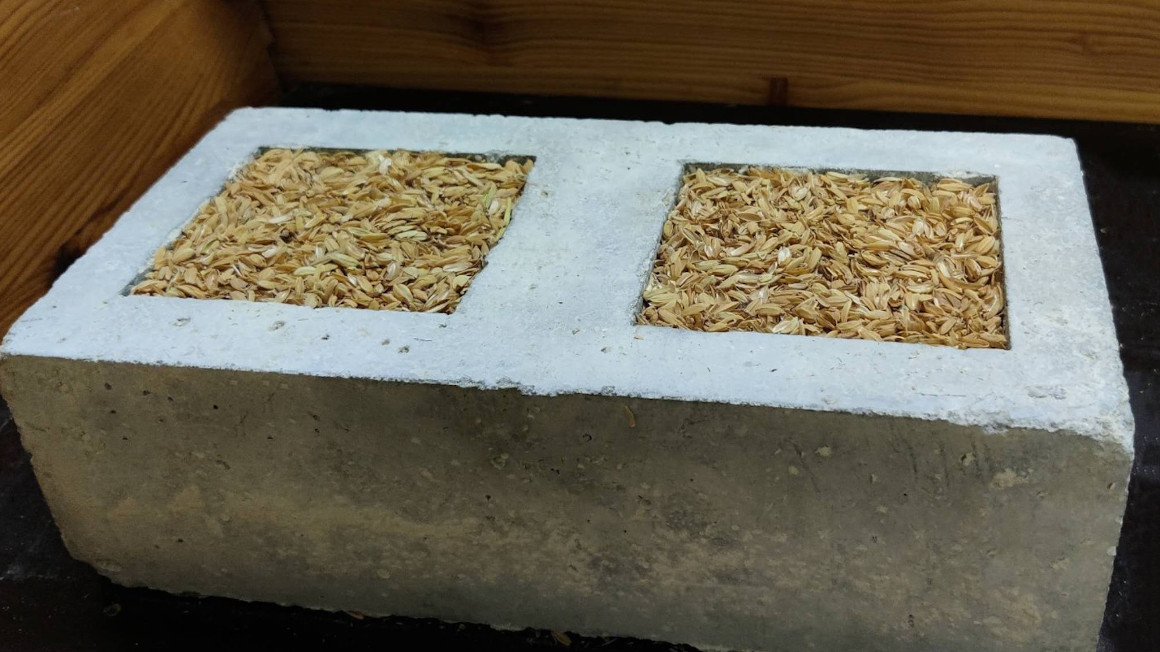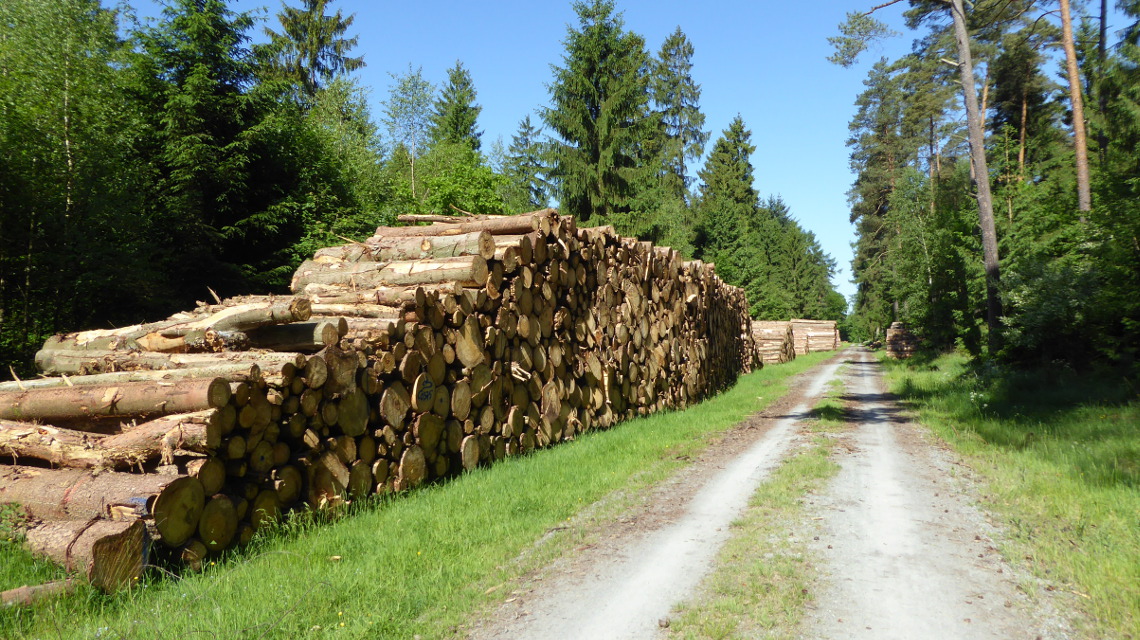Rice husk ash as a cement substitute
As part of the ReMatBuilt project, Fraunhofer researchers and partners from China have developed sustainable building materials made from recycled concrete and plant residues.

Many building materials - whether concrete or insulating materials - are made from petroleum-based raw materials and are energy-intensive to produce. Large quantities of the climate-damaging greenhouse gas carbon dioxide (CO2) are produced, particularly during the manufacture of the binding agent cement. In the ReMatBuilt project, researchers from the Fraunhofer Institute for Wood Research, Wilhelm-Klauditz-Institut WKI, together with partners from China, developed sustainable concrete building materials and high-performance components based on construction and demolition waste and agricultural residues. The three-year project was funded by the Federal Ministry of Education and Research (BMBF) as part of the "Bioeconomy International" funding initiative.
At the Hannover Messe Preview on February 21, the Fraunhofer researchers from the WKI presented the solutions from the ReMatBuilt project to a specialist audience. At the Hannover Messe from April 22 to 26, 2024, interested visitors will be able to see concrete building blocks with recycled aggregates, among other things, at the Fraunhofer stand in Hall 2.
Easy-to-implement recycling and production processes
In ReMatBuilt, the project partners from Germany and China were primarily concerned with identifying recycling and production processes that increase the proportion of renewable raw materials in the construction sector and are also easy to implement. "The special thing about our project is the holistic approach," says project manager Libo Yan. "We are combining our knowledge of the processes and properties of the various materials to understand the chemical, physical and mechanical performance from the micro to the macro scale and are already achieving a very high technology readiness level - an important aspect in terms of practical application."
Recycled concrete from building rubble and agricultural waste
In the production of recycled concrete, the team concentrated on building rubble, i.e. old concrete and masonry waste, as well as agricultural waste – instead of cement and gravel. Both raw materials are available in large quantities worldwide. These components were in turn reinforced with natural plant fibers such as flax and supplemented with residual materials from the forestry industry such as wood chips from waste wood.
The conventional binding agent cement, on the other hand, was replaced by the ash from burnt rice husks. "Rice is the most widely consumed food in the world. Its husks have hardly been used to date. We discovered that rice husk ash, which is produced in a special combustion process, is an excellent substitute for cement," says Yan. According to the researchers, the building blocks made from it are not only lighter than conventional bricks, but also impress in terms of strength, durability and thermal and acoustic insulation.
Sustainable insulation materials and composite systems
Insulating materials made from plant residues such as sawdust, rice and wheat straws were also developed in the ReMatBuilt project. These can also be combined with sustainable concrete blocks to create wall systems made from insulated blocks. In addition, the team has designed composite systems with which recycled concrete can also be used as floor slabs in combination with laminated veneer lumber and cross-laminated timber.
bb


